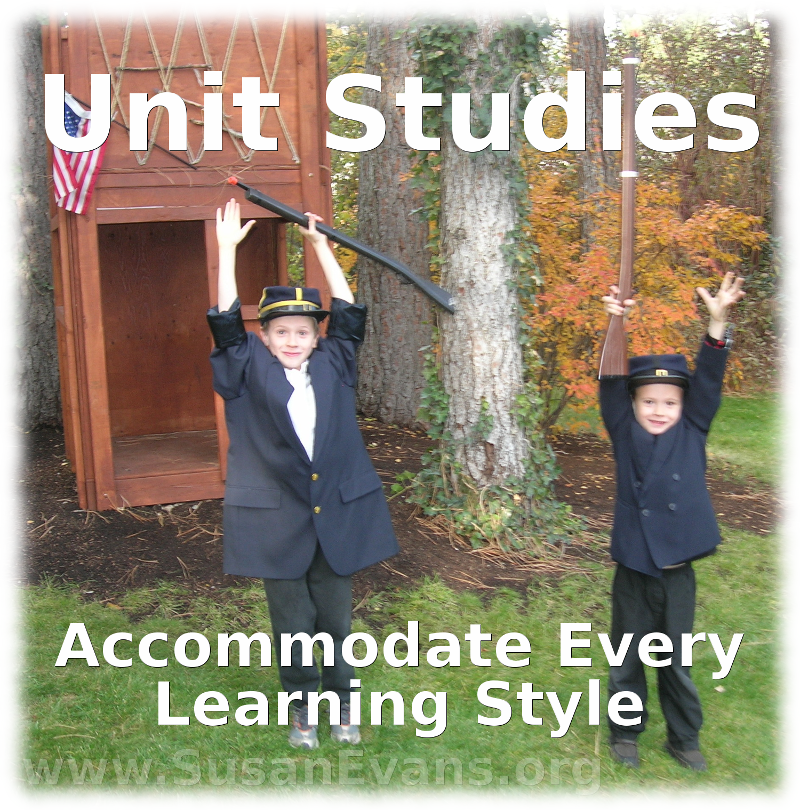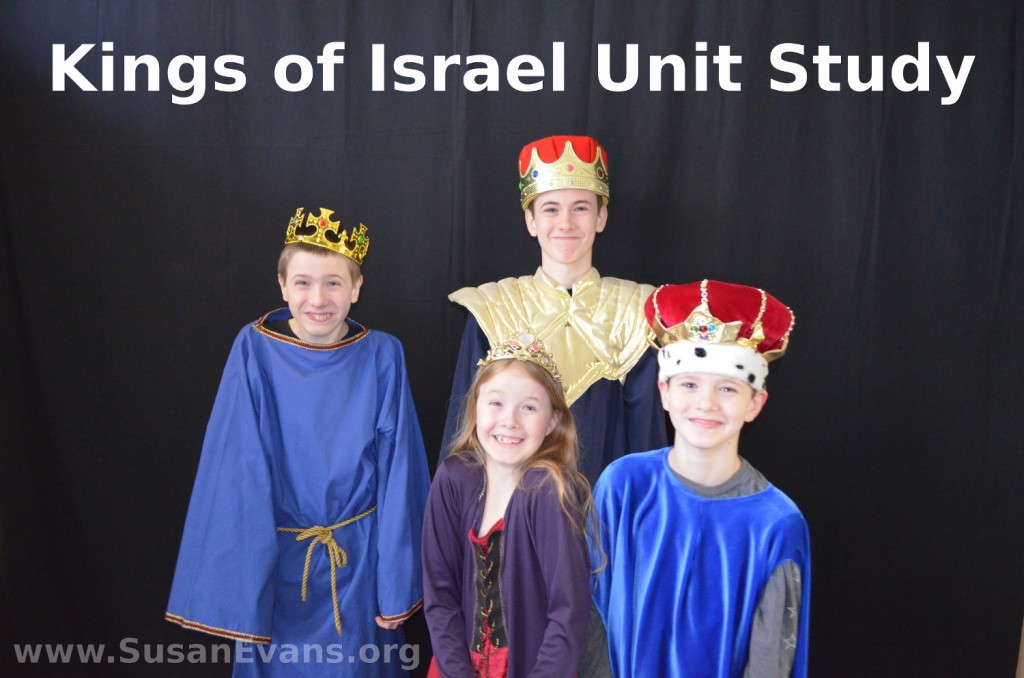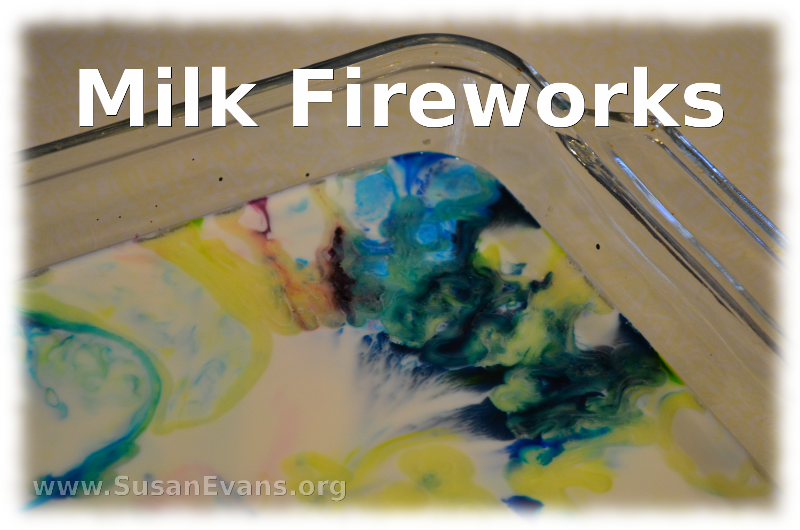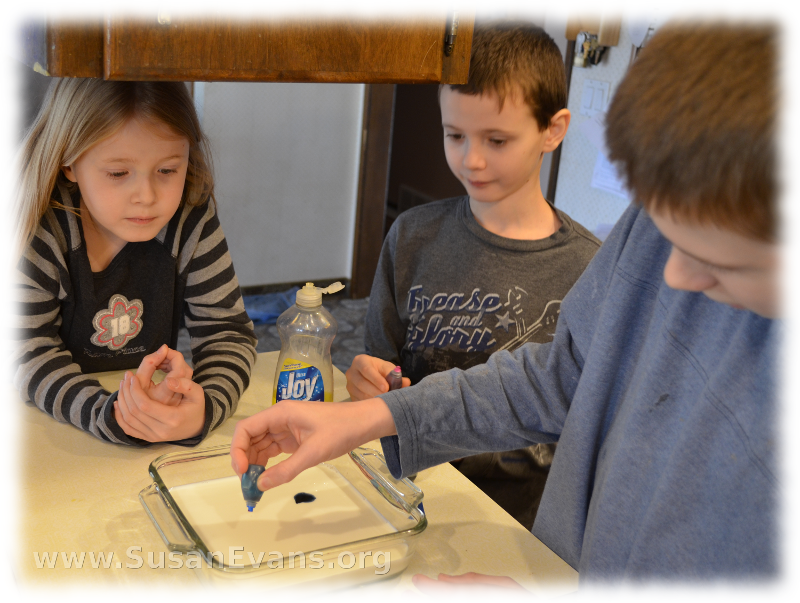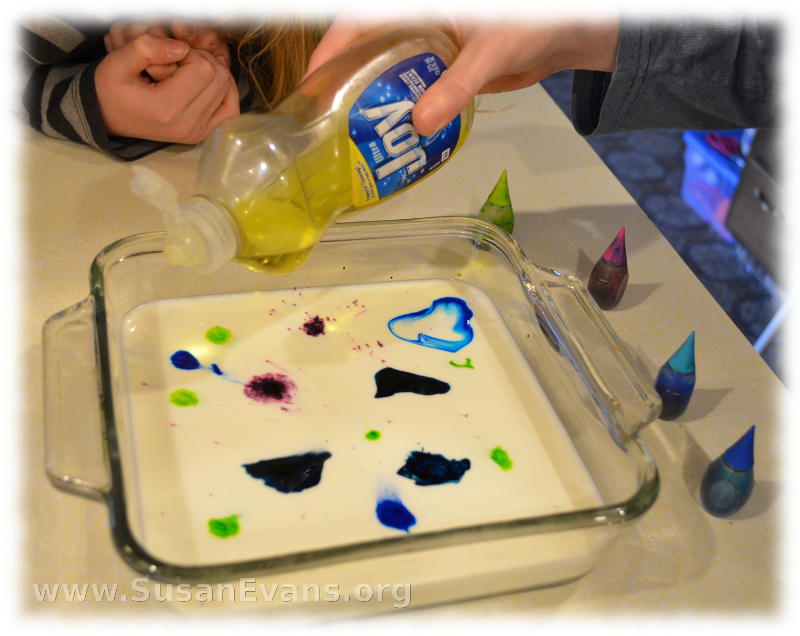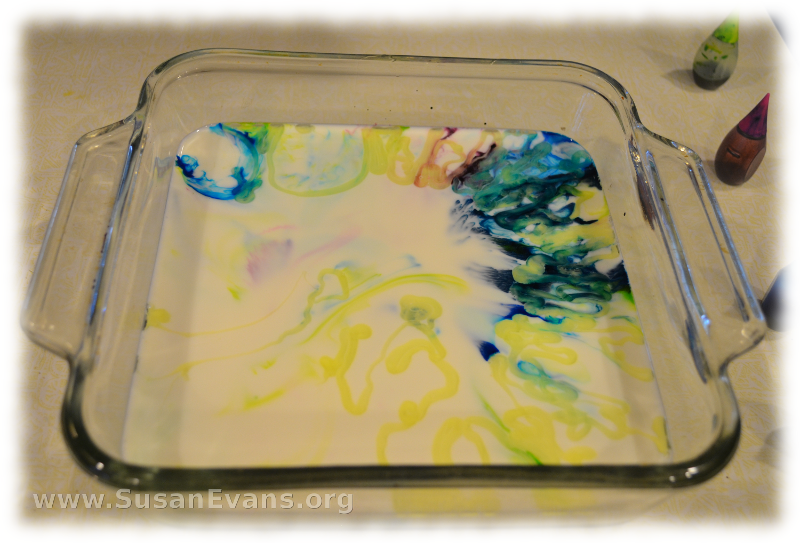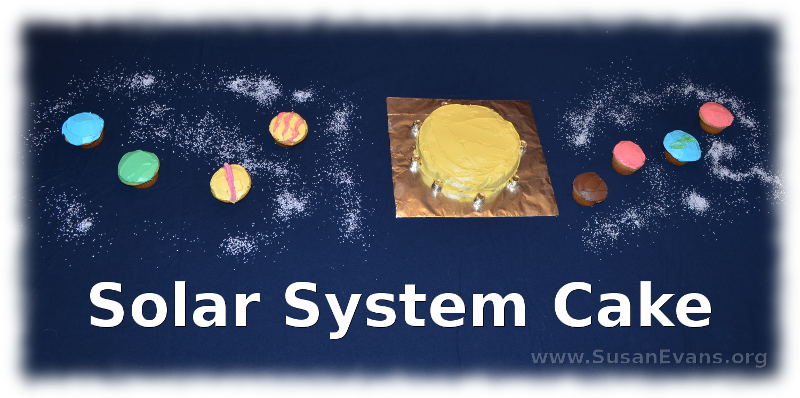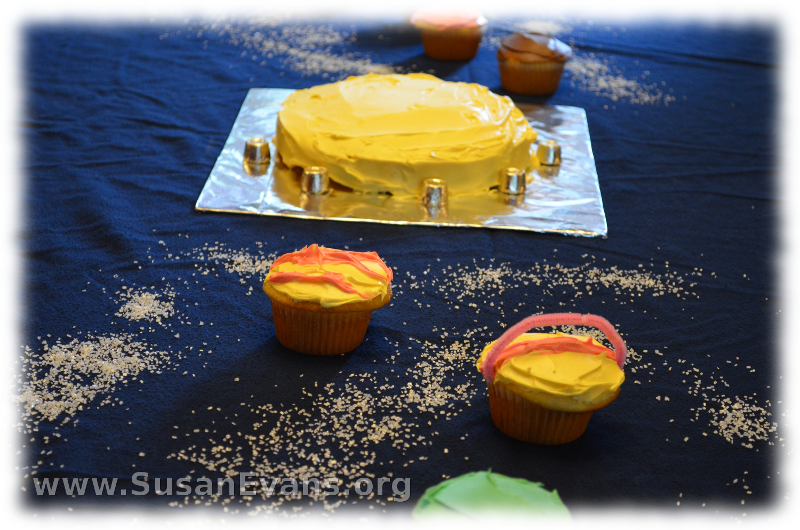Unit Studies are wonderful at accommodating all learning styles. When you tie all your learning together into one theme, you make it come to life for your auditory, visual, and kinesthetic learners. You splash yourself into that topic, grabbing great books and DVD’s about that topic. Let’s say you are studying sharks. You choose books that go in-depth on that topic. Grab a book about sharks and open it. Someone who specializes in sharks wrote this book. If you were reading information about sharks in a textbook, that information was not written by someone who loves and studies sharks; it was written by a person who writes about all topics with generalities.
Learning Styles
In case you are not familiar with learning styles, you will find the three main learning styles below. Auditory learners learn best through their ears, visual learners acquire information through their eyes, and kinesthetic learners understand a topic through hands-on learning. All students master material best through hands-on learning (imagine learning how to drive a car without actually doing it!), but some students prefer to do fewer real-life projects.
1. Auditory Learners
Now read that shark book to your kids. They hear the information from a living book that sounds like it’s coming from a deep sea diver instead of a classroom teacher. DVD’s are also auditory, as the kids can listen to the sloshing sounds of water when a person is in the deep ocean, being circled by shark fins.
2. Visual Learners
The visual learners see all the large, gorgeous shark pictures. Because the pictures are so lovely, your kids are able to identify different kinds of sharks because they are paying attention to the large and gorgeous details. No textbook can possibly have as many gorgeous pictures about sharks as a shark book does. The textbook doesn’t have enough space because it has to cover so many topics in a superficial way that is insipid, boring, and impossible to remember.
3. Kinesthetic Learners
Your kinesthetic or tactile learners love to do hands-on activities. They can go to a city aquarium and see live sharks being fed. The students can watch first hand as the shark’s torpedo-shaped body cuts through the water with alarming speed.
Do you see why unit studies are so brilliant? All of your students can use their best learning style, plus they have a chance to experience the topic.
Come back tomorrow to see why unit studies are superior to textbooks in every topic other than math.
